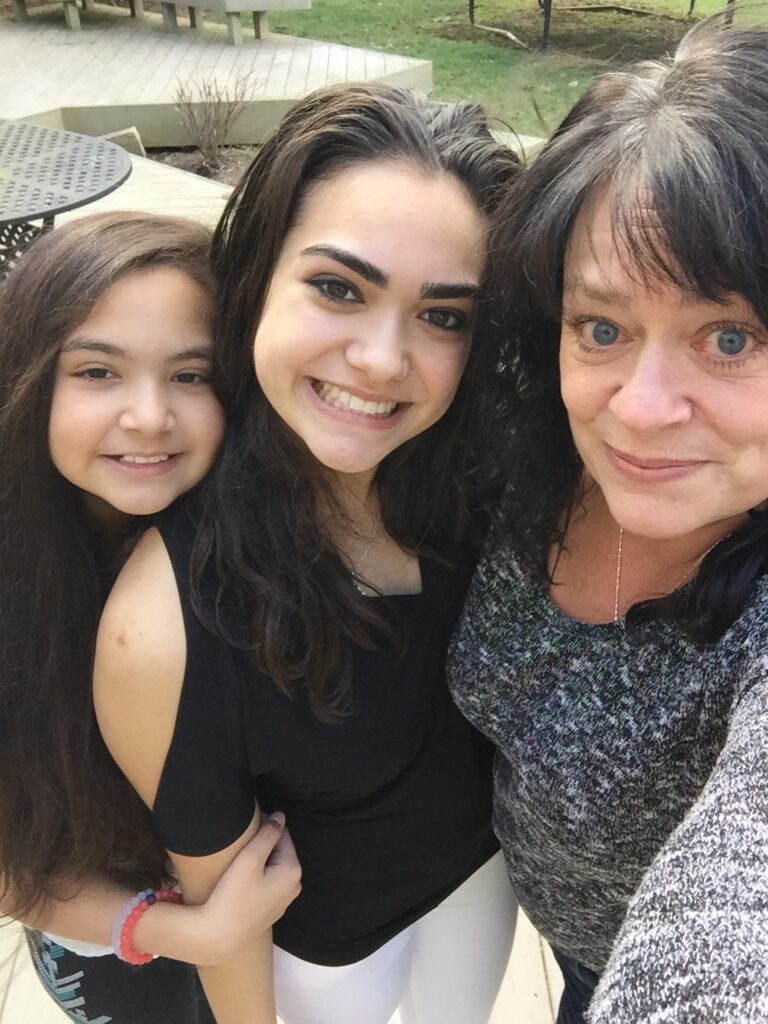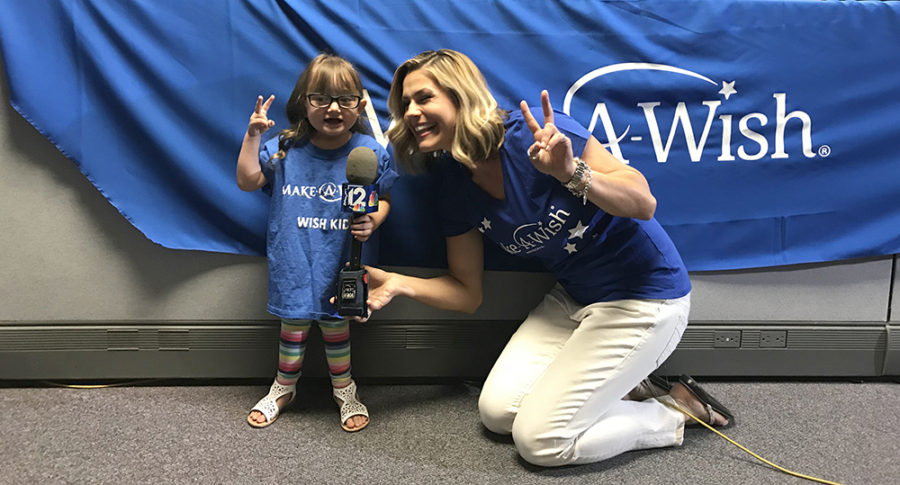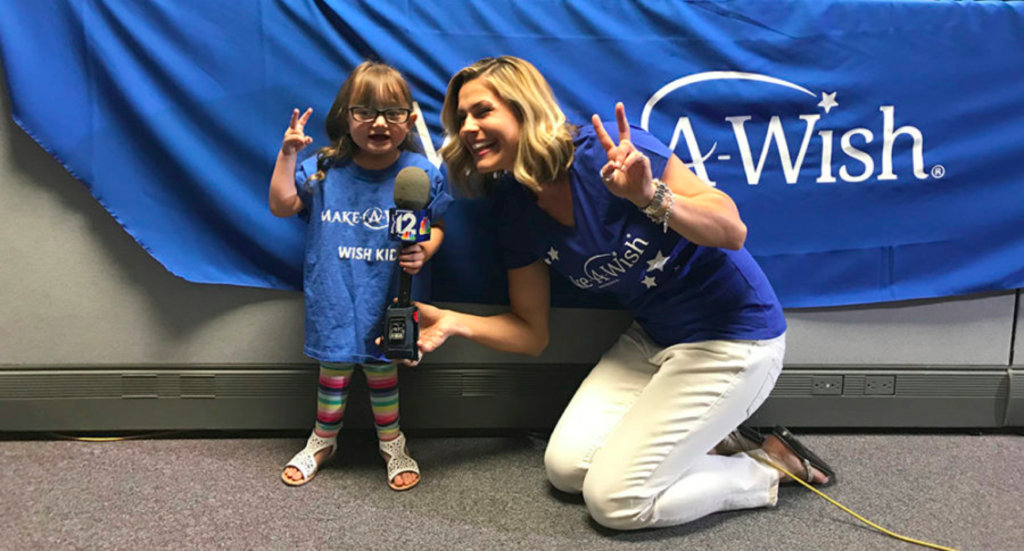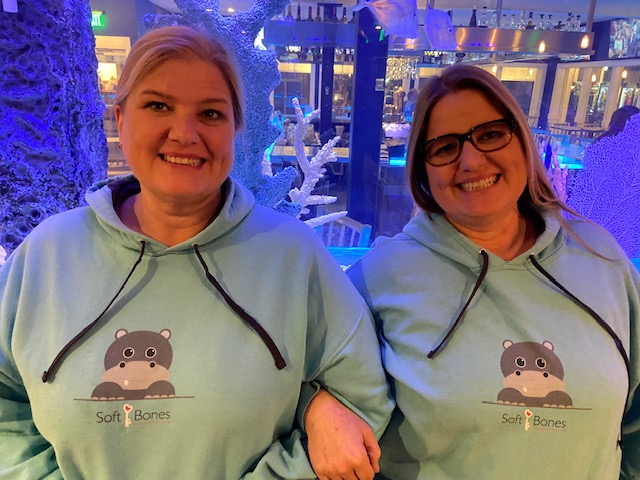Living with HPP: Sherri P.

My name is Sherri Palackdharry, I have Hypophosphatasia along with two of my daughters, Maya, 16 and Syreeta, 21.
Our journey began when Maya was 11 and in 6th -grade. Maya’s health seemed to decline rapidly. She went from constantly running around the house and tumbling in the backyard to sleeping an inordinate amount of time and complaining about pain. She constantly fell asleep during class and she cried every day that she hurt. This was the start of our medical odyssey.
We saw Neurology, Rheumatology, Gastroenterology, Psychology, Psychiatry, Sleep Clinic, Cardiology, Pain Clinic, Endocrinology, Lyme Disease doctors, Nephrology. They drew blood, ran a lot of tests and kept her in the hospital. Suddenly we had a list of 21 diagnoses and a lot of medications. Some of the diagnoses included: Osteopenia, migraines, stomach migraines, Lyme Disease, Asthma, Physical Deconditioning, hEDS, Chronic Pain, Chronic Fatigue, Diffuse Amplified Musculoskeletal Pain Syndrome, Tic Disorder, Irritable Bowel Syndrome, Depression, Anxiety, and Hashimoto’s Thyroiditis just to name a few. By the end of 6th grade she was only a shell of who she used to be. She had not improved and continued to have pain and fatigue. I couldn’t help but think all the medications were masking a larger problem.
After seeing so many specialists we started to lose hope that the right diagnosis would ever be made and to add insult to injury, some doctors were very hurtful and insinuated it was all in her head. Some came right out and told her that there is “no magic pill” and to simply continue to see her psychologist. She missed so many crucial years of development due to pain and fatigue and many unexplained illnesses. She lost her health, she lost her friends, she lost her school and she lost her zest for life.
During these four years, I felt very judged by the medical profession, family and friends. The medical community insisted that physical therapy would help improve her health. And every time we began PT she became sick and would sleep more and eventually develop a fever causing us to miss physical therapy and miss more school. She loved going to PT and she had a good time. It was the only socialization she was getting outside of family. But, it only made her sicker.
For the remainder of middle school, we continued to fight for answers. Maya was no longer able to attend mainstream school and we attempted online school. Both were extremely difficult for her because of pain and fatigue. By her freshman year she wanted to get back in school and attend a high school that focused on the arts. She was excited to be back and to have friends in her life. As a parent, I was hopeful that the lure of social interaction would help her fight through the pain and fatigue to complete an entire day of school, every day. In my heart, I knew it was unrealistic and in the end, she was incapable of keeping up as a full-time student. She was physically too tired to stay in school all day.
After exhausting medical options and careful consideration, we decided to send her to a Pain Program through The Cleveland Clinic. This 3-week comprehensive program is designed to help children battle through the pain using physical therapy, pain psychology, mindfulness, schoolwork and fun. They assess what your child can do and how much they can tolerate in a school setting. Parents also attend classes and activities to better understand how pain works. It was during this parent visit that one of the doctors asked me what her current medical team was doing about her diagnosis of Osteopenia. I explained that her doctor said they’d repeat the test in a year. This Cleveland Clinic doctor explained to me that a 13-year-old girl with no explanation for osteopenia was not normal and I should follow up with them.
This lit a fire under me once again! I had already been researching for answers for 3.5 years. I had an extensive list of diagnoses but not one of those diagnoses explained her constant pain and fatigue. Going to the pain clinic and accepting that we could not find the baseline cause of her illnesses was a difficult decision, but we felt compelled to do this to move on as a family. But, to hear that doctor say, “this is not normal” changed everything for me. Once we returned home, I was more determined than ever to solve her medical mystery myself. I began by mapping out her illnesses and bloodwork from the time she was born creating a timeline of events from her first broken bone forward. I was mostly trying to compose a cohesive background because we decided to try and see yet another specialist, this time at the Mayo Clinic. As I mapped out her history, I noticed that her Alkaline Phosphatase (ALP) was very low – as was mine. My initial reaction was to ignore it because I was repeatedly told not to worry about it from my own healthcare providers my entire life. But, this continued to bother me so I started to research low ALP and added in many of her symptoms (including high B6). It led me to hypophosphatasia (HPP). A rare genetic disorder. I read everything available to me on this genetic disorder. I immediately knew it was what she had while simultaneously coming to grips with the fact that I also had this disorder. That’s when I contacted the Soft Bones Foundation. They listened to me and put me in a Facebook group with patients and caregivers of HPP. They helped guide me through the process of getting a definitive diagnosis by providing me with referrals to doctors in Ohio that are familiar with HPP. We eventually got into the Metabolic Bone Clinic at Nationwide Children’s Hospital, in Columbus Ohio. After an extensive interview and genetic testing, we received confirmation of the HPP.
Subsequently, this also led to the diagnosis of HPP for me at the age of 55. Soon thereafter my daughter, Syreeta, was diagnosed at the age of 21. This helped explain my own health issues during my childhood. I was always sicker than my siblings with upper respiratory infections which included pneumonia. I had a few broken bones, but many kids did. I had teeth problems and endured many dental procedures and broken teeth. To the best of my knowledge they came in and fell out in the right time. As for Syreeta, she did have hypermobility problems and she did have shoulder and knee surgeries. She also had a broken finger and a broken ankle but as an elite athlete we assumed her injuries were due to constant training. Syreeta also had many problems with her teeth but we assumed this was normal.
After receiving the diagnosis, I was both relieved and saddened. Grieving is part of the process. HPP is progressive and I know we will continue to have problems and that can be scary. I strongly encourage anyone receiving a diagnosis of HPP to join the Soft Bones Facebook page. It’s private and patients and caregivers can speak freely. Understanding that you are not alone and that there are others battling similar symptoms of HPP is very helpful. You will face medical conditions that your doctor doesn’t know is connected to HPP, but that others in the group can validate. HPP continues to be studied and progress can seem slow. Fortunately, this group is very proactive and they will even connect you to others having the same problems as you. The group is monitored by a core group of fabulous people that can help guide you and answer all your questions. I personally think this is the most important HPP advocacy group that I belong to. I am so thankful to have this support as our HPP journey takes us to unfamiliar destinations.








Responses